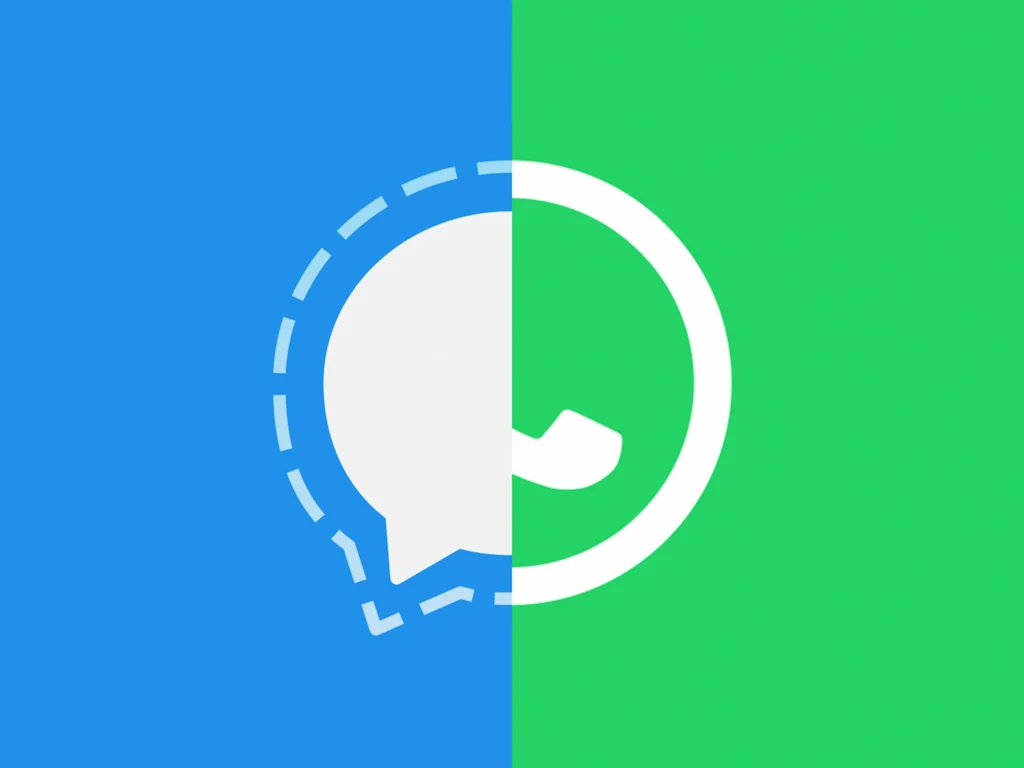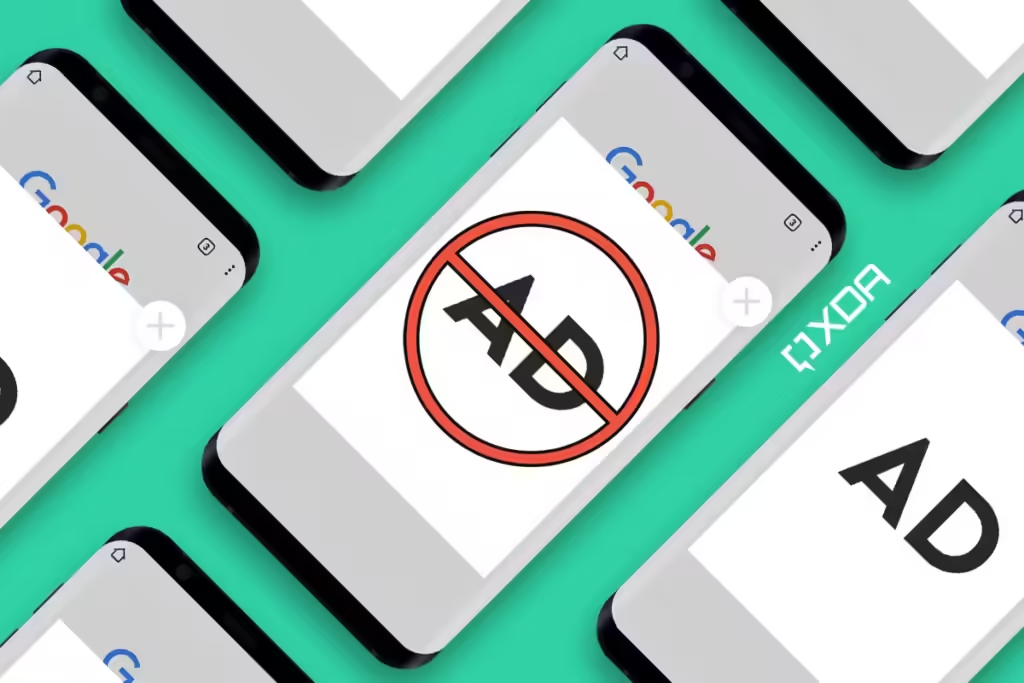Starting a blog can be an exciting venture, but running a successful one requires strategic planning, consistent effort, and a deep understanding of your audience and niche. This comprehensive guide will walk you through the essential steps and best practices How to Run a Successful Blog.
1. Identify Your Niche and Target Audience
Choosing a Niche
Your blog’s niche should align with your passions, expertise, and market demand. A well-defined niche helps you establish authority and attract a dedicated audience. Consider these factors when choosing a niche:
- Passion and Knowledge: Write about topics you are passionate about and knowledgeable in.
- Market Demand: Research the demand for your chosen niche. Use tools like Google Trends and keyword planners to gauge interest.
- Competition: Analyze the competition in your niche. Identify gaps and opportunities where you can offer unique value.
Defining Your Target Audience
Understanding your target audience is crucial for creating relevant content and engaging your readers. Create a detailed profile of your ideal reader, including:
- Demographics: Age, gender, location, education, and income level.
- Interests: Hobbies, preferences, and lifestyle.
- Pain Points: Challenges, problems, and needs that your blog can address.
2. Set Up Your Blog
Choose a Blogging Platform
Select a user-friendly blogging platform that offers flexibility and customization options. Popular choices include WordPress, Blogger, and Wix. WordPress is often preferred for its extensive features and plugins.
Register a Domain Name
Your domain name should be memorable, relevant to your niche, and easy to spell. Use domain registration services like GoDaddy or Namecheap to secure your domain.
Select a Hosting Provider
Choose a reliable hosting provider that offers good uptime, fast loading speeds, and excellent customer support. Popular hosting providers include Bluehost, SiteGround, and HostGator.
Design Your Blog
Create an attractive and user-friendly blog design. Consider these elements:
- Theme: Choose a responsive theme that works well on all devices.
- Navigation: Ensure easy navigation with a clear menu and categories.
- Branding: Develop a consistent branding style with a logo, color scheme, and typography.
- User Experience: Optimize for fast loading times and a seamless user experience.
3. Create High-Quality Content
Develop a Content Strategy
Plan your content in advance to ensure consistency and relevance. Your content strategy should include:
- Content Calendar: Schedule your posts to maintain a regular posting frequency.
- Content Types: Mix different types of content, such as blog posts, videos, infographics, and podcasts.
- Topics: Focus on topics that align with your niche and audience interests.
Write Engaging Blog Posts
High-quality content is the backbone of a successful blog. Follow these tips for writing engaging blog posts:
- Compelling Headlines: Write attention-grabbing headlines that entice readers to click.
- Clear and Concise Writing: Use simple language and short paragraphs for easy readability.
- Visuals: Incorporate images, videos, and infographics to enhance your content.
- SEO Optimization: Use relevant keywords, meta descriptions, and header tags to improve search engine ranking.
Promote Your Content
Creating great content is not enough; you need to promote it effectively. Use these strategies to reach a wider audience:
- Social Media: Share your posts on social media platforms like Facebook, Twitter, Instagram, and LinkedIn.
- Email Marketing: Build an email list and send newsletters to your subscribers.
- Guest Blogging: Write guest posts for other blogs in your niche to increase your exposure.
- Influencer Outreach: Collaborate with influencers to promote your content.
4. Engage with Your Audience
Respond to Comments
Engage with your readers by responding to their comments and questions. This fosters a sense of community and encourages repeat visits.
Encourage User Interaction
Encourage your audience to interact with your content through likes, shares, and comments. Use calls to action (CTAs) to prompt engagement.
Conduct Surveys and Polls
Use surveys and polls to gather feedback and understand your audience’s preferences. This helps you tailor your content to their needs.
5. Monetize Your Blog
Advertising
Join ad networks like Google AdSense to display ads on your blog. You can also sell ad space directly to businesses in your niche.
Affiliate Marketing
Promote products and services through affiliate links. Earn a commission for every sale made through your referral.
Sponsored Content
Partner with brands to create sponsored posts or reviews. Ensure that sponsored content aligns with your blog’s niche and maintains transparency with your audience.
Sell Products or Services
Create and sell your own products, such as e-books, online courses, or merchandise. Alternatively, offer services like consulting, coaching, or freelance writing.
6. Analyze and Improve
Use Analytics Tools
Track your blog’s performance using tools like Google Analytics. Monitor metrics such as page views, bounce rate, and user demographics to understand your audience’s behavior.
Optimize Based on Data
Use the insights gained from analytics to optimize your content and marketing strategies. Experiment with different types of content, posting times, and promotional methods to see what works best.
Stay Updated with Industry Trends
Keep up with the latest trends and best practices in blogging and digital marketing. Continuously refine your strategies to stay ahead of the competition.
Conclusion
Running a successful blog requires dedication, creativity, and strategic planning. By identifying your niche, creating high-quality content, engaging with your audience, and continuously analyzing your performance, you can build a thriving blog that attracts and retains readers. Remember, success doesn’t happen overnight; stay patient and persistent, and your efforts will eventually pay off.
















